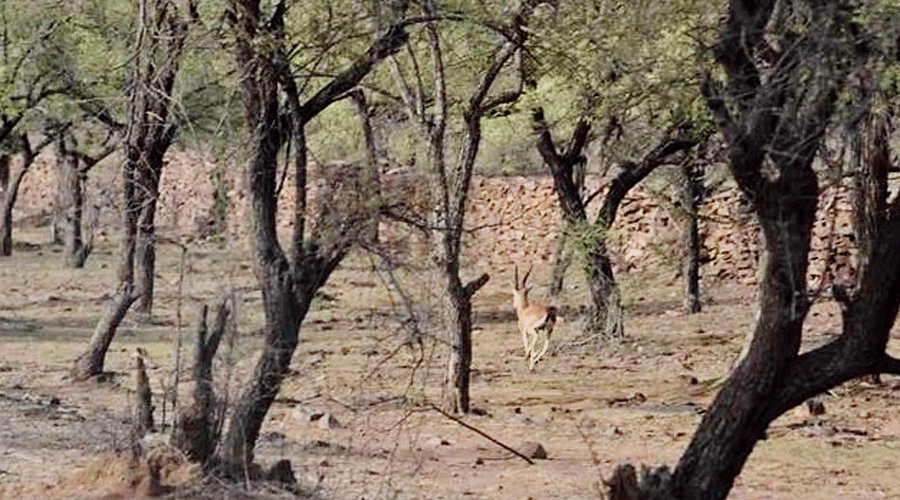The Supreme Court on Friday ruled that each protected forest such as national parks and wildlife sanctuaries must have an eco-sensitive zone (ESZ) of one kilometre and banned mining activities within such parks across the nation.
Issuing a slew of directives, a bench headed by Justice L. Nageswara Rao said: “The role of the State cannot be confined to that of a facilitator or generator of economic activities for immediate upliftment of the fortunes of the state.”
The bench added: “The State also has to act as a trustee for the benefit of the general public in relation to the natural resources so that sustainable development can be achieved in the long term. Such role of the State is more relevant today, than, possibly, at any point of time in history with the threat of climate catastrophe resulting from global warming looming large….”
The bench, which includes Justices B.R. Gavai and Aniruddha Bose, said that no permanent structure would be allowed within such an ESZ. If the local law or other rules provide for an ESZ of more than one kilometre, the earlier provision would continue to apply.
“Each protected forest, that is national park or wildlife sanctuary must have an ESZ of a minimum one kilometre measured from the demarcated boundary of such protected forest in which the activities proscribed and prescribed in the Guidelines of February 9, 2011, shall be strictly adhered to,” it said.
Writing a 66-page order for the bench, Justice Bose, however, held that for the Jamua Ramgarh wildlife sanctuary of Rajasthan, the ESZ shall be 500 metres as far as subsisting activities are concerned.
The apex court order came on a batch of applications filed on a pending PIL of 1995 and they raised two sets of issues. The first related to mining activities in and around Jamua Ramgarh. The second sought the declaration of eco-sensitive zones surrounding the wildlife sanctuaries and national parks.
While fixing the one-kilometre range of ESZ to prohibit mining activities near national parks, the bench was of the view that there cannot be “uniform guidelines” for each sanctuary or national park for maintaining an ESZ.
The principal chief conservator of forests and the home secretary of each state and Union Territory shall be responsible for proper compliance with the guidelines on the nature of use within the ESZ, the court said.
“The principal chief conservator of forests for each state and Union Territory shall also arrange to make a list of subsisting structures and other relevant details within the respective ESZs forthwith and a report shall be furnished before this court by the principal chief conservator of forests of each state and Union Territory within a period of three months,” the bench added.










